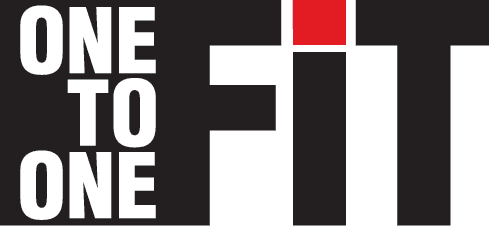Types of Scoliosis and How Resistance Training Can Help
Scoliosis is a condition characterized by an abnormal lateral curvature of the spine. It can affect people of all ages, from infants to adults, and can range from mild to severe. The curvature can develop for various reasons, leading to different types of scoliosis. This article explores the types of scoliosis and how resistance training can benefit individuals with this condition by enhancing muscle strength, improving posture, and managing pain.
Types of Scoliosis
1. Idiopathic Scoliosis
Idiopathic scoliosis is the most common type, accounting for approximately 80% of all cases. The exact cause is unknown, hence the term "idiopathic," meaning without known cause. It typically appears during adolescence and is categorized into three subtypes based on the age of onset:- Infantile Idiopathic Scoliosis: Appears in children under the age of 3.
- Juvenile Idiopathic Scoliosis: Appears in children between the ages of 3 and 10.
- Adolescent Idiopathic Scoliosis: Appears in children older than 10 and is the most common form.
2. Congenital Scoliosis
Congenital scoliosis is present at birth and results from a malformation of the spine occurring during fetal development. It is a rare type and can lead to more complex spinal deformities as the child grows. Early detection and intervention are crucial for managing this condition.3. Neuromuscular Scoliosis
Neuromuscular scoliosis is associated with neuromuscular conditions such as cerebral palsy, muscular dystrophy, or spinal cord injury. These conditions cause muscle imbalances and weakness, leading to spinal curvature. This type often progresses more rapidly than idiopathic scoliosis and requires specialized treatment.4. Degenerative Scoliosis
Degenerative scoliosis typically affects older adults and results from the degeneration of the spine due to aging. Factors such as osteoporosis, disc degeneration, and arthritis contribute to this condition. It often leads to back pain and reduced mobility, impacting the quality of life.How Resistance Training Can Help
1. Improved Muscle Strength
Resistance training helps strengthen the muscles surrounding the spine, providing better support and stability. Stronger muscles can help correct postural imbalances and reduce the strain on the spine. Exercises such as squats, deadlifts, and rows can target the back muscles effectively.2. Enhanced Posture and Alignment
Targeted resistance training exercises can improve overall spinal alignment and posture. By focusing on exercises that promote a neutral spine and proper posture, individuals with scoliosis can achieve better alignment and reduce the severity of their spinal curvature over time.Fill out the form for a free session
